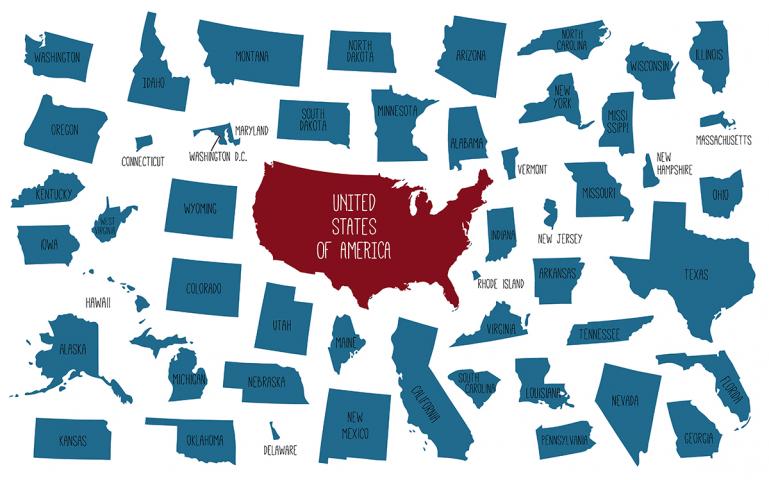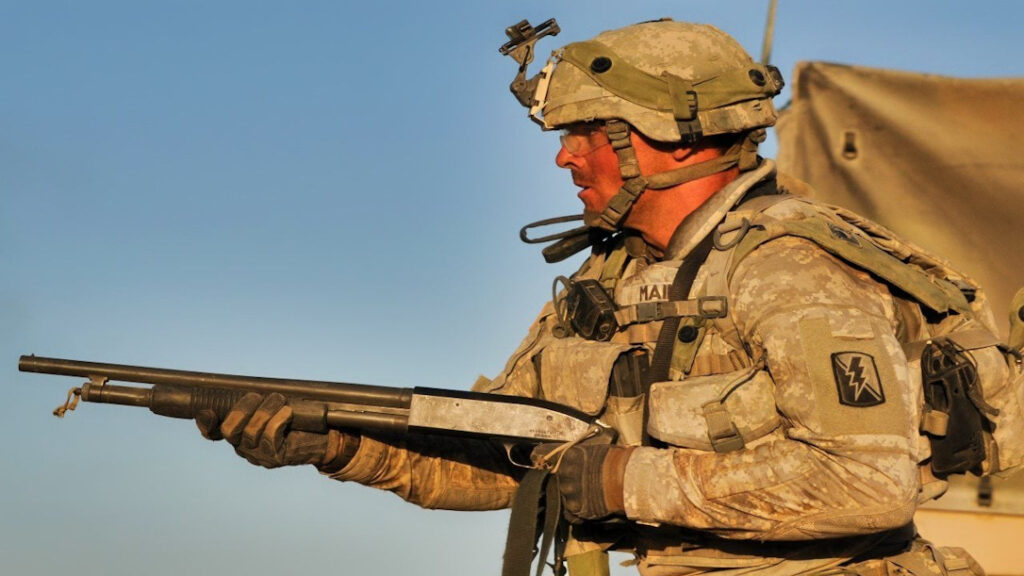Now that Brett Kavanaugh has ascended to the Supreme Court, two contentious issues are apt to be decided soon. These are the extent to which states can regulate carry in public places and the features of “assault weapons”. It is unlikely that the Supremes will rule broadly in either domain. They will not declare Constitutional carry by everyone everywhere. They will not authorize every “evil feature” of every firearm. Rather, they are apt to move cautiously.
One can imagine SCOTUS declaring that no state may forbid carry other than by objective and explicit criteria–for example, that they may regulate carry, open or concealed, by age. States may forbid carry by “prohibited persons” as defined by law and subject to judicial review. They may require permitting with prerequisites such as background checks, training or testing. But they may not forbid carry based on a subjective test of “need”.
One can imagine the Supremes declaring that no state may forbid possession of a weapon based upon cosmetic definitions of “evil features”. Criteria such as barrel shrouds, vertical grips, and threaded barrels would probably be explicitly ruled out. Any prohibited feature must be justified by some objective rationale. How, exactly, does a pistol grip operate to create a public safety risk? Presuming some regulation of over-all length of a long-arm, how does the presence of an adjustable stock (e.g., to accommodate length-of-pull for family members of diverse ages) create a public safety risk?
Advertisement — Continue Reading Below
Magazine capacity is apt to be a difficult issue. Consider the contrasting cases of Manhattan, New York versus Manhattan, Kansas. Arguably, New York City might try to outlaw carrying or transporting magazines with more than 5 rounds outside the home. The Kansas legislature is unlikely to expect its residents to face down a sounder of feral hogs with any limit on magazine size. Possession for home defense or in conformance with a Congressional mandate for arming of the militia would be entirely separate matters.
For the foreseeable future, there is simply no practical way to formulate any national standard for gun control that could gain acceptance simultaneously in blue, purple and red states. The Supremes may move slowly trying to accommodate the delicate sensibilities of the blue states. They may never move so far as to impose a red state view upon urban states. What we can reasonably expect is that the Supreme Court will gradually trim back the most egregious infringements of several states and at the same time keep Congress within its interstate jurisdiction.
As rights advocates, our task may become how to make the best of the never ending push for gun control under a states’ rights interpretation of the “police power”. Divided we stand, and divided we can prevail.
Advertisement — Continue Reading Below
 —‘MarkPA’ is trained in economics, a life-long gun owner, NRA Instructor and Massad Ayoob graduate. He is inspired by our inalienable rights to “life, liberty and the pursuit of happiness” and holds that having the means to defend oneself and one’s community is vital to securing them.
—‘MarkPA’ is trained in economics, a life-long gun owner, NRA Instructor and Massad Ayoob graduate. He is inspired by our inalienable rights to “life, liberty and the pursuit of happiness” and holds that having the means to defend oneself and one’s community is vital to securing them.















